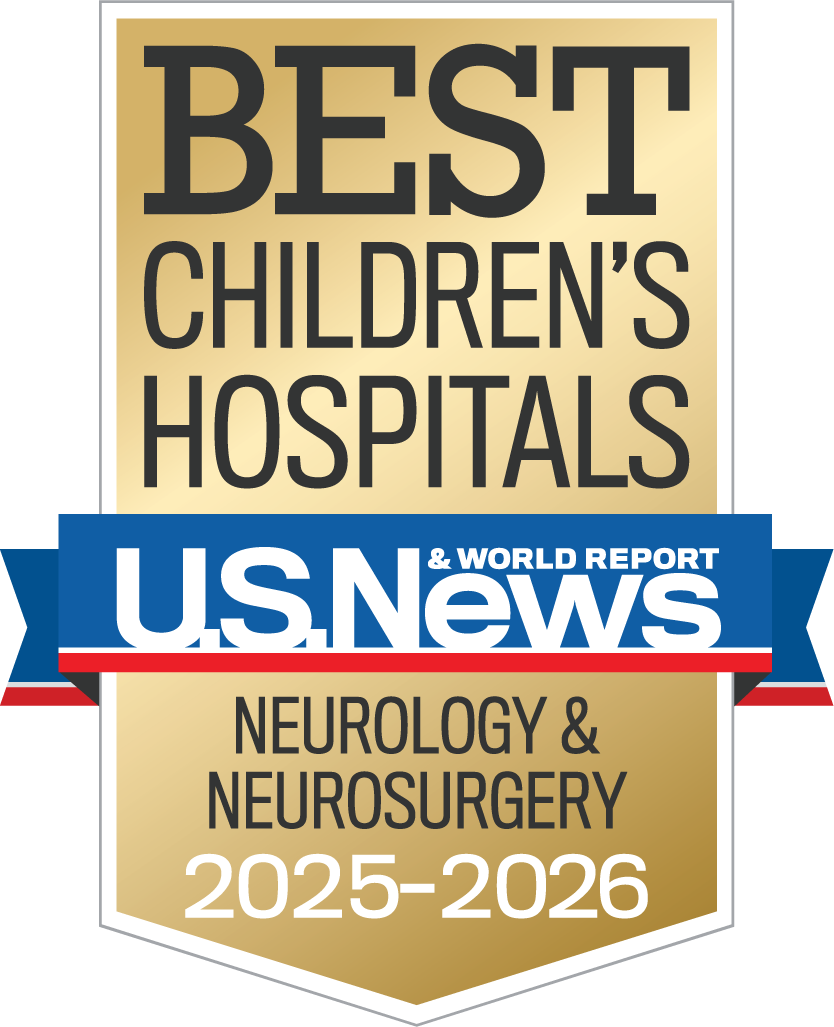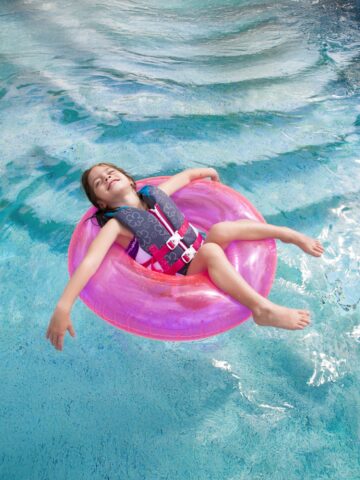Unfortunately, head injuries can commonly happen in kids due to falls, sports injuries, car accidents or violence. Most head injuries are mild, but some may be more serious. Since the injury is usually inside the skull and not easily seen, it may be tricky for parents to determine how to best help their kids.
Here, experts from the CHOC Neuroscience Institute want to help parents with preventative measures, the signs and symptoms and where to go for care for head injuries.
Can how I try to prevent my child from having a head injury?
It’s impossible to protect kids from every injury. But you can help prevent head blows. Most important, childproof your home to prevent household accidents.
Kids should:
- Always wear a bike helmet that fits well and is approved by the U.S. Consumer Product Safety Commission for biking.
- Use the proper sports equipment for inline skating, skateboarding, snowboarding, skiing, and contact sports.
- Use a child safety seat or seatbelt every time they’re in the car.
- Take it easy after a head injury, especially if they had a concussion.
- Wait until the doctor says it’s OK before returning to rough play or sports. If the brain gets injured again while it’s still healing, it will take even longer to completely heal.
What are head injuries?
A head injury is a broad term that describes many injuries that occur to the scalp, skull, brain, and underlying tissue and blood vessels in the head. Head injuries are also commonly referred to as brain injury, or traumatic brain injury (TBI), depending on the extent of the head trauma.
Head injuries are common in children and teens. They can be mild, like a bump on the head, or more serious, like a concussion. In kids, most are mild and don’t injure the brain.
What causes head injuries?
Most head injuries in childhood are due to falls at home, on the playground or from windows. They also happen from:
- Car crashes.
- Bike accidents.
- Sports injuries.
- Child abuse.
What are the common types of head injuries?
Head injuries can either be external or internal. External injuries involve the scalp, while internal injuries may involve the skull, brain or blood vessels.
An injury can cause a concussion, contusion, fracture or bleeding:
- A concussion is a type of mild traumatic brain injury. It happens when a blow to the head or another injury moves the head back and forth with a lot of force. This causes chemical changes in the brain and sometimes damages brain cells.
- A contusion (bruise) happens when a blow to the head injuries the skin and the soft tissue under it. Blood from small blood vessels leaks, causing red or purple marks on the skin. Contusions often happen on the scalp or forehead. More serious head injuries can cause brain contusion.
- A skull fracture is a break in the skull bone. Skull fractures can happen in different parts of the skull.
- Bleeding can happen on and under the scalp and in or around the brain.
My child hit their head. What should I watch for?
If a child has fallen or had an accident that could have potentially resulted in a head injury, parents should watch for the following signs and symptoms.
A child with a head injury might:
- Have a swollen scalp. This is common because the scalp has many small blood vessels that can leak.
- Have a headache. About half of children with a head injury get a headache.
- Lose consciousness (pass out). This isn’t common but can be the result of a moderate to severe head injury.
- Vomits once. This happens in some children after a head injury.
How do I know if my child’s head injury is serious?
Call your health care provider right away if your child had a head injury and:
- Is an infant.
- Lost consciousness, even for a moment.
- Has any of these symptoms:
- Won’t stop crying.
- Complains of head and neck pain (younger children who aren’t talking yet may be more fussy).
- Vomits more than one time.
- Won’t awaken easily.
- Becomes hard to comfort.
- Isn’t walking or talking normally.
If your child is not an infant, has not lost consciousness and is alert and behaving normally after the fall or blow:
- Put an ice pack or instant cold pack on the injured area for 20 minutes every three to four hours. If you use ice, always wrap it in a washcloth or sock. Ice placed right on bare skin can injure it.
- Watch your child carefully for the next 24 hours. If the injury happens close to bedtime or naptime and your child falls asleep soon afterward, check in a few times while they sleep.
If your child’s skin color and breathing are normal, and you don’t sense a problem, let your child sleep unless the doctor tells you otherwise. There’s no need to keep a child awake after a head injury.
Trust your instincts. If you think your child doesn’t look or seem right, partly awaken your child by sitting them up. They should fuss a bit and attempt to resettle. If your child still seems very drowsy, try to awaken them fully. If you can’t wake your child, call your health care provider or 911 for an ambulance.
Visit CHOC’s care roadmap to help you determine where to get the best treatment for your child.
How are head injuries diagnosed?
The full extent of the head injury may not be completely understood immediately after the injury. You will need comprehensive evaluation and testing. A physical exam and other tests help make the diagnosis of a head injury.
During the exam, the healthcare provider will ask about your medical history and how you were injured. Trauma to the head can cause neurological problems and may require further medical follow-up.
However, most children with mild brain injuries don’t need medical tests. Doctors often do a CAT scan of the head if the injury is more serious.
Signs that the injury could be serious include:
- Loss of consciousness for more than a few minutes.
- Continued vomiting.
- Confusion.
- Seizures.
- A headache that gets worse.
Meet Lauren, a CHOC patient who fell from a window in her second-story room.
What should I do if a child is unconscious after a head injury?
If your child is unconscious after a head injury, it could be a sign of severe injury. Don’t move the child in case there is a neck or spine injury, call 911 or visit the nearest emergency department.
If the child is vomiting or having a seizure, turn them onto their side while trying to keep the head and neck straight. This will help prevent choking and protect the neck and spine.
Get more expert health advice delivered to your inbox monthly by subscribing to the KidsHealth newsletter here.

Learn more about CHOC’s Neuroscience Institute
CHOC Hospital was named one of the nation’s best children’s hospitals by U.S. News & World Report in its 2025-26 Best Children’s Hospitals rankings and ranked in the neurology and neuroscience specialties.





